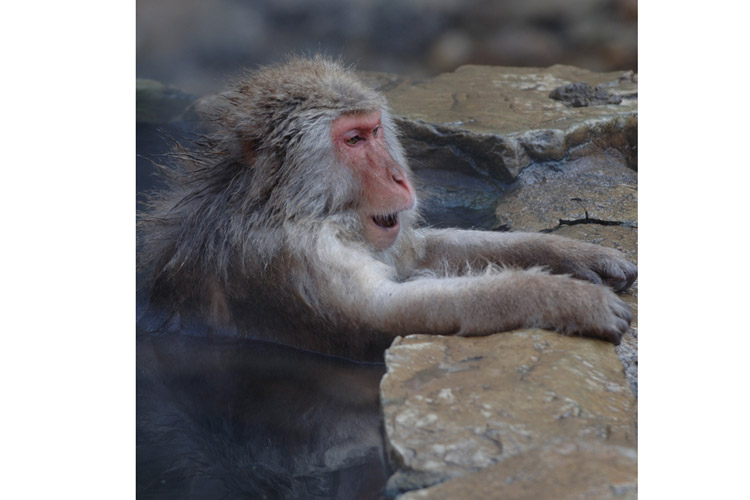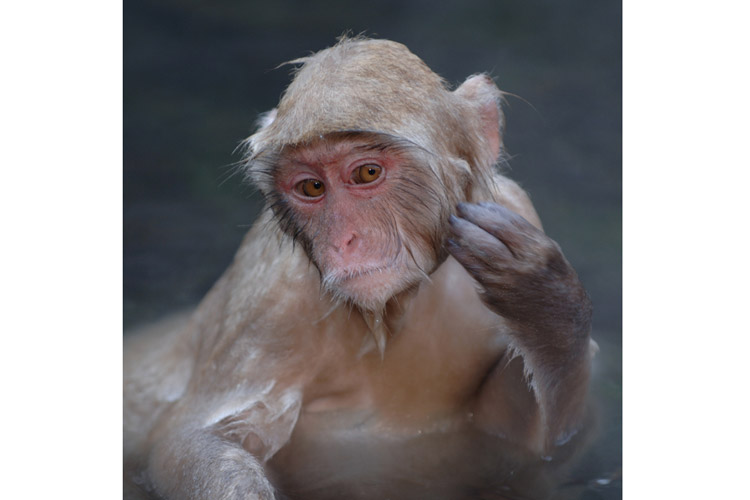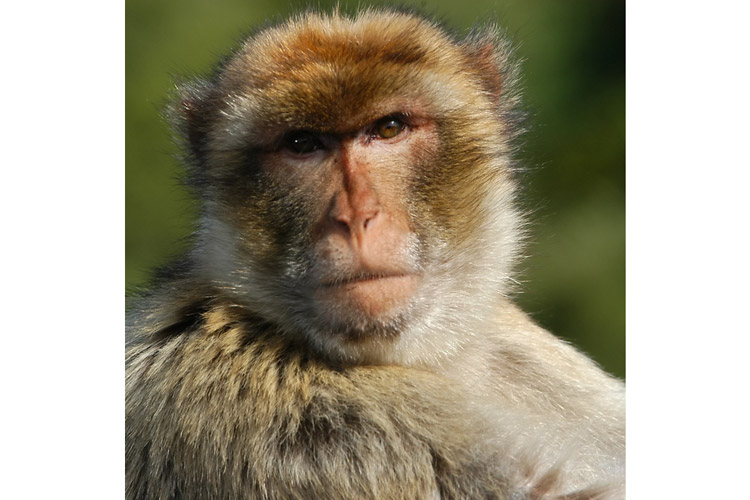Destination Focus: The Japanese Macaques (Snow Monkeys)
Posted by Shirley Metz
in Asia & Pacific and Expeditions
The Japanese Macaque, Macaca fuscata, is an Old World monkey species native to Japan. It is sometimes called the Snow Monkey because it lives and thrives in a snowy habitat. There are 60 species of macaques. There is no primate, other than humans, that is more northerly nor lives in such cold conditions.
Macaques are the most widespread primate genus and occur in Asia, Northern Africa, and Gibraltar. It is the Barbary Macaque (or ape), Macaca sylvanus, that most people first come into contact with as it is the only macaque population on the European continent. But for many of us, the sight of monkeys soaking luxuriously in thermal pools, their thick outside coat frosted with snow, as their neighbors comb and groom them, is one that captures the anthropomorphic tendencies in all of us.
Amongst the forested mountains of 3 of the 4 main Japanese islands – Honshu, Shikoku, and Kyushu – thermal pools teem, surrounded by steep cliffs, and boiling water bubbles out of small crevices in the frozen ground. It is here where the Japanese Macaque resides. Usually sleeping in trees, they snuggle together for warmth, but they also sleep on the ground near rocks or amongst fallen trees. To warm up they often visit the hot springs, foraging on the way on a variety of plants, fruit, insects, and soil. They also eat ferns, bark, invertebrates, and fungi – an omnivorous animal with a penchant for being an adaptable frugivore. In other words, they eat anything they can get their four little hands and feet on.
Walking on all fours, they emerge from the forest, and begin to saunter towards the natural pool. The snow monkeys are amazingly adept at finding food that they can pluck from beneath the blanket of snow, grazing all the while along the way. At the water’s edge, some test the temperatures, others leap in splashing and annoying those already bathing, and yet others slide in gracefully to heave a satisfied sigh of expectancy. Females nurse their young while older, apparently wiser Japanese Macaques are submerged up to their necks in the steamy waters looking like wizened old men meditating past fortunes. To groom, and to be groomed – that is expected.
The macaques of Japan live in matrilineal troops, many consisting of about 20 -30 individuals; however troops of 100 individuals have occurred. Ruled by an alpha male and alpha female there is usually a greater number of females in the troop, about a 3:1 ratio. With a strong sexual dimorphism in this species the males weigh in at about 31 pounds while the female weighs about half that.
Japanese Macaques are intelligent creatures and have been documented with some interesting behaviors. One of these involves “food washing’ when one female began washing her Imo (Japanese yam) in the river, apparently to clean it, then dipped it in salt water, most likely to flavor it. The behavior was then copied by other members of the troop. Another interesting behavior is that of making snow balls. The younger members of the troop can often be found gathering snow into a ball then rolling it to make it bigger to play with it. And the Japanese Macaque has been known to swim over half a kilometer!
The Japanese Macaque has featured prominently in the religion, folklore, and art of Japan, as well as in proverbs and expressions in the Japanese language. The “three wise monkeys” warn to “see no evil, hear no evil, and speak no evil.” In Shinto belief, monkeys accompanied Raijin, the god of lightning.
Like many other primates, snow monkeys are threatened by habitat destruction and encroachment by human activities such as deforestation. And, as they raid crops, they become agricultural pests and are shot – about 5,000 a year – although they have been protected by the Japanese government since 1947. Although they are listed as threatened by the US Endangered Species Act, because they are capable of contracting many of the same diseases as humans, they are used in biomedical research.
David Attenborough wrote: “The macaque is one of the most successful and versatile of all primates. If you wanted to pick a monkey that is bright, adaptable, versatile, resilient, enterprising, tough and capable of surviving in extreme conditions and taking on all corners, the macaque would win hands down.”
Or is that “feet down?”
Join us on our next Japan Wildlife Tour as we return to Jigokudani in the Yokoyu River Valley for more entertaining antics of Japan’s native monkeys.



